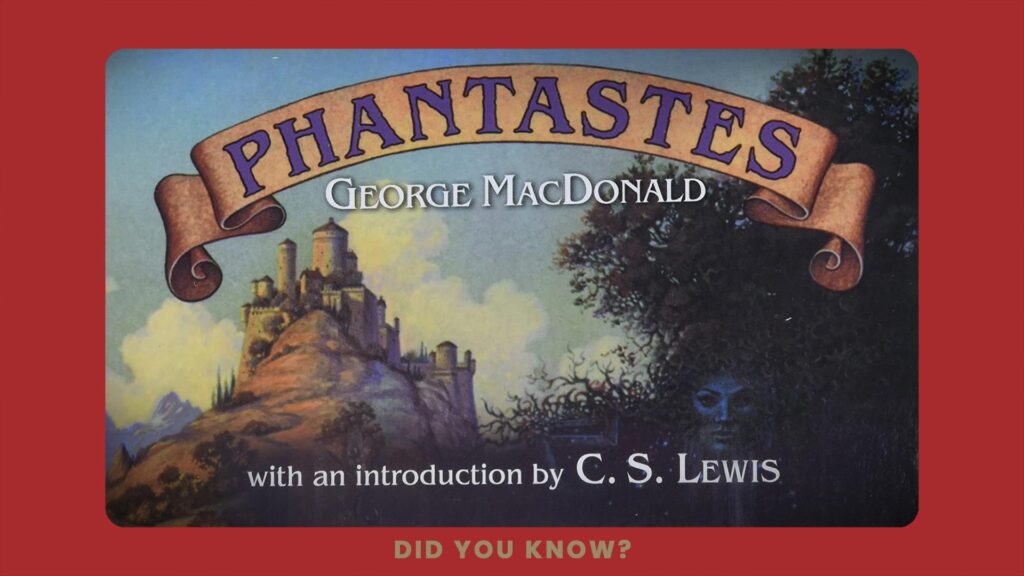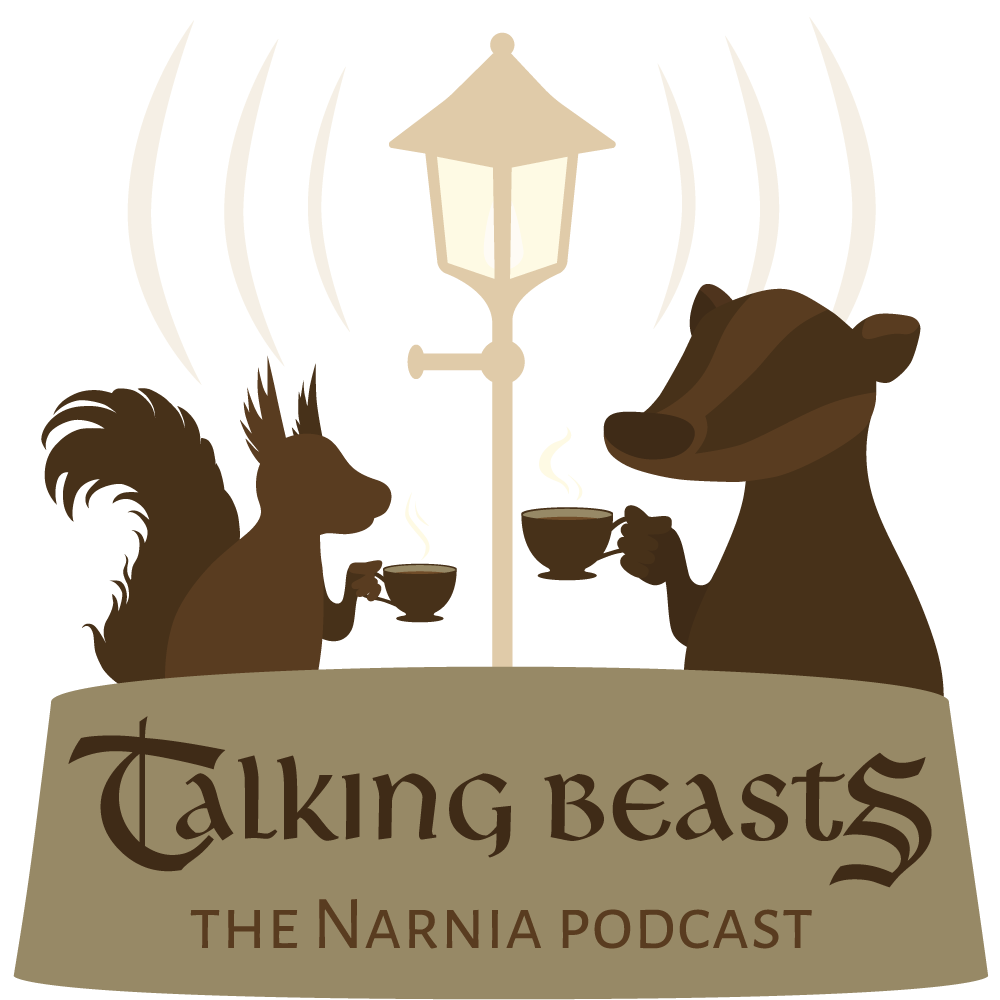3 Fantasy Authors That Transformed C.S. Lewis

Look for “Did you know” articles on NarniaWeb on the first of every month.
Every great author has people in their lives that shaped and molded them. In the Chronicles of Narnia books, Lewis paid homage to many of those writers including Edith Nesbit, J.R.R. Tolkien, and George MacDonald.
Edith Nesbit
Edith Nesbit was one of his childhood favorites. He took a lot of inspiration from her trilogy involving the Bastable children, and mentioned in a letter once that he learned how to write children’s stories from her. In 1948, Lewis told a friend that he was working on a children’s book ” in the tradition of E. Nesbit.”
In her book The Story of the Amulet, Nesbit put her own name in the story as a joke: “What was the name the Queen said? Nisbeth-Nesbit–something?” Lewis wrote in the beginning of The Magician’s Nephew, “In those days…the Bastables were looking for treasure in the Lewisham Road”- thereby getting in two subtle nods to Nesbit in one fell swoop.
J.R.R. Tolkien
Another great influence upon Lewis was J.R.R. Tolkien, author of Lord of the Rings and The Hobbit. When Lewis was an atheist, Tolkien was instrumental in bringing Lewis to the Christian faith. Eventually leading to the release of many Christian apologetics, like Mere Christianity and The Screwtape Letters. The latter of which is dedicated to Tolkien.
You can read about the time Lewis and Tolkien challenged each other to write science fiction here.
George MacDonald
Fellow fantasy author George MacDonald was another of Lewis’s favorite writers. Lewis praised McDonald often:
I have never concealed the fact that I regard him as my master, indeed I fancy I have never written a book in which I did not quote from him.”
C.S. Lewis on George MacDonald
In particular, MacDonald’s book Phantastes, had a huge influence on Lewis’ faith. He wrote about the experience in his book, Surprised by Joy, “It is as if I were carried sleeping across the frontier, or as if I had died in the old country and could never remember how I came alive in the new.”
Although MacDonald died before Lewis encountered his writings, his influence upon Lewis was so great that he even compiled a book of beneficial quotes by this spiritual leader.
McDonald demonstrates that a fantasy story for children can have many layers of significance, even if the reader doesn’t realize it at the time. Take for instance, his tale At the Back of the North Wind is the story of how the North Wind visits a small boy and takes him traveling. But it also is the story of the circle of life and death. Similarly, The Chronicles of Narnia can function as a multilevel metaphor for the great mysteries of existence, and the careful reader will continue to see more of that metaphor revealed with each reading.






I always wondered where George MacDonald came up with the title of the book. Is “Phantestes” another word for fantasy or does it have another meaning? Perhaps fantasy was once spelled “phantasy” and the title may have originated from that word. Then the title of the book is more than accurate. It is a wonderful book, but my favorite MacDonald story is “At the Back of the Wind” because it is one of his best magical fairy tales. 🙂
I’m sorry, but the title is spelled “Phantastes”. I’ll make that correction now. It was a typographical error on my part.
I have yet to read Edith Nesbit (I’ve watched the Railway Children so I’m at least a teensy familiar with her work), but I am a HUGE MacDonald fan! My favorite book from him, for sentimental reasons, would probably be The Shepherds Castle (the Michael Phillips version of Donal Grant), but I adore Phantastes and North Wind as well. The Princess and the Goblin / Curdie, and the Light Princess and fantastic as well!
Loved reading about the authors that inspired Lewis! I think it’s be cool to read some of their work…
Does anyone have suggestions on where to start with Nesbit and MacDonald?
After a quick Google search, this is what I found.
“The term phantasy is much used in analytical psychology… A phantasy is a day-dream in which desire, unfulfilled in the world of reality, finds an imaginary fulfilment or satisfaction.“
I love Lewis’ metaphors which relate well to our world.
Wow, I can’t believe I missed the Lewisham road thing!
Weirdly enough the only Macdonald book I’ve read was the Princess and Curdie – a sequel to the Princess and the Goblin. Despite its being a sequel, I remember enjoying it, especially the writing style… Macdonald uses tons of colorful metaphors, like saying someone awakened “like a giant refreshed with wine!”
I’ve actually not read Nesbit, but I know she had a few stories involving strangely Narnian elements, like a girl finding a country in a wardrobe (in a Spare Room) or some kids accidentally bringing an ancient Queen to modern London! Hence the inspiration, I guess…
In case anyone wonders whether Nesbit or Lewis invented it, I worked in Lewisham (south east London) not far from LEWISHAM ROAD in 2001, and lived nearby. I once took a photo of a street sign ‘Lewis Grove’. [Where I live now, there’s a Lewis Street 10 minutes’ walk away!]
Many of the George Macdonald books and also Edith Nesbit’s books are available on Project Gutenberg so free reads, yay! Macdonald: https://www.gutenberg.org/ebooks/author/127, Nesbit: https://www.gutenberg.org/ebooks/author/407
Sort them by popularity to see what people like.
For Tolkien: The princess and the goblin is definitely one of my favourites!
But the short stories (for instance Light Princess, Day Boy and Night Girl, the Golden Key) are also really nice.
Edit: I mean MacDonald, of course
Agreed! I love The Baronet’s Song too.
Great article! I enjoy learning about the books and culture that influenced Lewis.
AHH!! I love that book so much! Gibbie inspired a character in my own WIP book. When did you first read it? I think I was 14 when I discovered them under my mom’s bed when we were cleaning one day. That was almost 15 years ago now, which is crazy…
Thank you! It was fun to write and research 🙂
E. Nesbit’s story, “The Aunt and Amabel,” has several elements that were clearly direct influences on The Lion, the Witch and the Wardrobe.